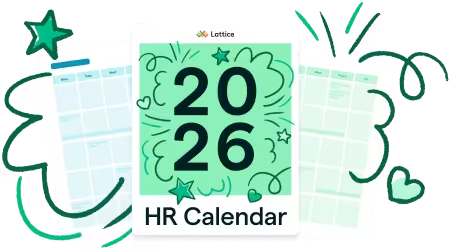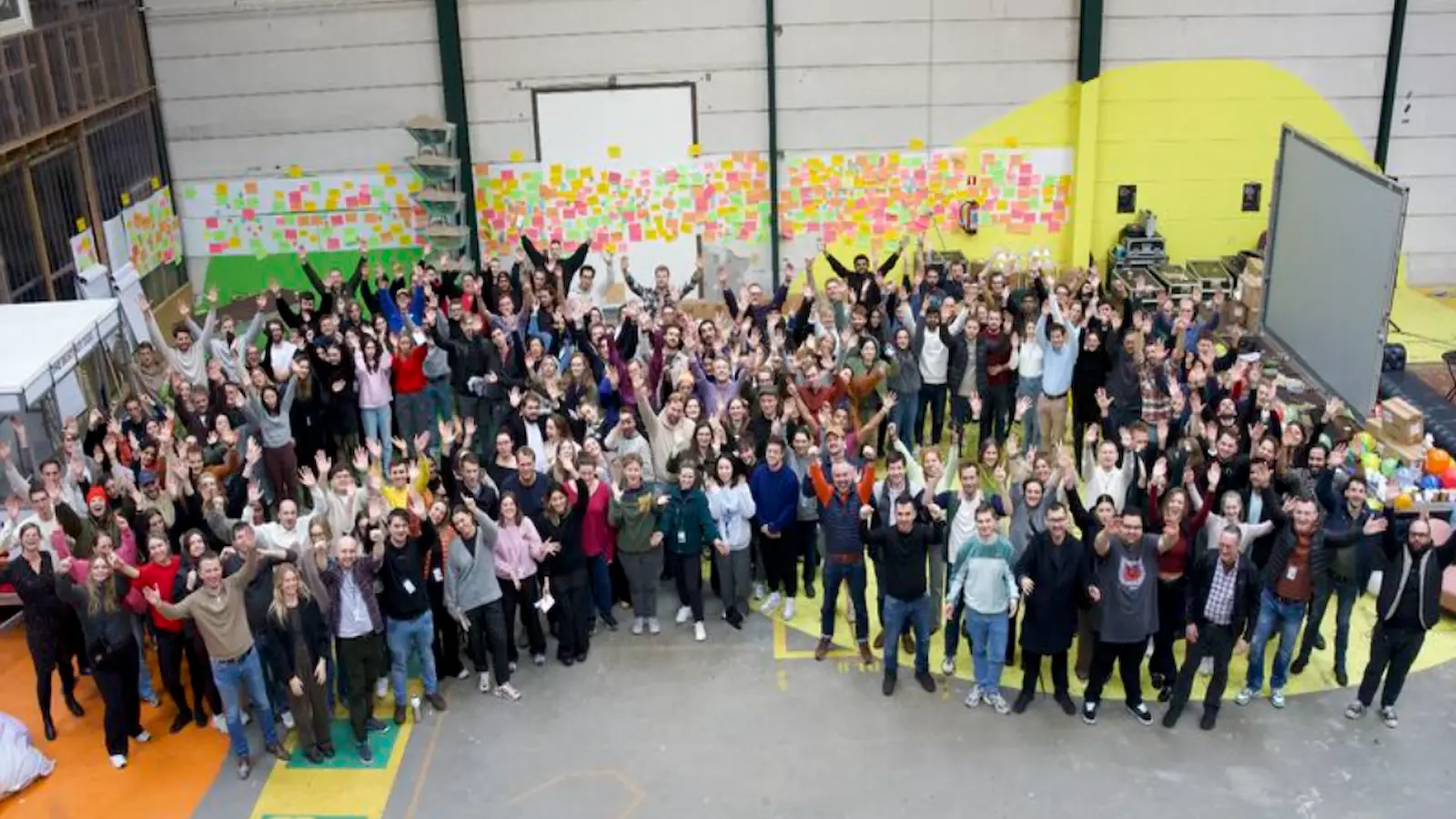Forge Biologics was scaling rapidly in a complex, high-growth biotech environment. Lattice helped them build consistent performance and feedback processes, ensuring employees had clarity and support in a fast-changing industry.
What I enjoy most about HR is solving problems. Ultimately, problems are not inherently bad or good; they are just unique obstacles to overcome, and are always a challenge in a fast-paced startup environment.

The People Experience at Forge Biologics
While much of the world has embraced remote work, Forge Biologics needs most of its scientific staff onsite. There’s only so much lab work that can be done remotely, after all. And, even team members who aren’t part of the scientific team and work remotely often find a lot of value in collaborating in-person and most come onsite periodically. “I feel HR in particular needs to be visible to our employees,” says Liza Lewis, Forge’s Director of HR.
This level of face time is especially important for Forge because of the unique needs of the company, which include meeting with clients and required training for new hires on its detailed best practices for manufacturing. At the same time, Forge is a rapidly growing startup that has nearly tripled in size over the last year. It’s in this environment that Liza found herself working overtime to keep pace with its growth. “Not only did I need to learn what kind of immediate HR policies and practices were necessary when I started,” she says,“I also needed to better understand the company and the industry so that I could develop the appropriate people programs."
Despite the growth rate, Liza raves about the culture at Forge Biologics, praising its collaborative nature and “regular cadence of communication” through town halls and other meetings and opportunities for engagement. Liza has also instituted more casual events built around pop culture, all designed to increase camaraderie and employee fulfillment. The company’s extracurricular “Houses of Forge” are built around the four houses of Harry Potter’s Hogwarts to mix a bit of fun with networking. It’s an optional activity and team members get to pick which house they want to be in. Houses manage their own game nights, charity events, and more and compete for points against other houses. The company even created house pins that proud members can wear on their ID badges.
Amidst all the fun, however, Liza is overseeing a company that’s expanding rapidly in size and has a large number of traditional HR needs, including additional work to be done around benefits, performance evaluations, and staying competitive in terms of compensation. Enter Lattice.
Challenges
For Liza, benefits management has long been the major focus for the HR team, ensuring that Forge’s benefits package remains best-in-class against rising competition. A companion piece to that is, of course, compensation, which Liza says is “of significant focus,” following in the wake of the salary increases that many industries have been facing for years. “Everyone’s challenged by this,” she says, “but at the same time, we must be progressive with compensation or we risk losing employees over minor salary increases. We can’t do that.” This is complicated further by the tedious, manual process that Forge had been using to manage compensation. “It’s very laborious,” she adds.
Establishing performance benchmarks at Forge has also been a unique challenge. “I had no idea who our top performers were when I joined,” says Liza. “And I didn’t know how to go about figuring it out by myself.” Its first year, Forge had a simple annual review process, and while Liza says it was “a good place to start,” it didn’t provide the necessary information to managers or employees on how to develop their skills.
“We’re also trying to incorporate learning and development opportunities,” she adds. “I just took over our training team and wanted to figure out how we can broaden the scope, so it's not just focused on educating our scientific team members and everyone has a chance to grow and develop through their career. How can we differentiate outside of salary, in a market where promotion cycles have long been on the order of 10 years if you wanted to get anywhere? That kind of timing is not going to cut it anymore.”
Using Lattice at Forge Biologics
Liza had used Lattice previously at another employer and “went to bat” to bring it to Forge to help solve for some of its people needs. “It was an easy sell,” Liza says, “since Lattice offers one place to do everything and would help us capture performance information more easily.”
“One of the things I love about Lattice is there’s just so much functionality,” she says, “and not just from an admin perspective, but from a team member and manager perspective also. Everyone can go into Lattice and have transparency around performance.”
Liza also says the Updates tool is a valuable addition, helping managers to automate their check-ins with employees on a regular basis – and ensuring workers get regular, meaningful feedback. Forge is also poised to run its first compensation cycle with Lattice Compensation, and Liza says she is looking forward to having everything compensation-related in a single place.
“Forge is also considering a more thorough performance review process to take into account what type of contributor each team member is,” she says. She goes on to say that “Lattice has allowed us to incorporate our company goals into the people system and it will really help us drive home a feedback-forward, feedback-first approach.”
On top of all that, the 1:1s feature has also been successful with the team, with adoption continuing to rise. A rollout of Lattice’s Grow module is also on the horizon.
The Impact of Lattice
When thinking about what’s been the most impactful part of Lattice, Liza points out that the feedback tool has made the biggest impression due to the collaborative nature of the team. She adds, “And I think they also really want to highlight the work that they do with their partners. Every week I go through and just do a quick audit to see what the feedback is looking like, and every single one is about how helpful someone was. ‘Thank you for doing this project.’ It's just really nice to see that.”
In addition to getting useful, real-time feedback, Liza says that visibility into the company’s goals has been seriously enhanced, and it’s making a difference. “I really think it's going to help connect our team to our company goals and mission better,” she says, noting that the transparency supplied by Lattice is helping to bridge the natural gap between employees and managers.
“I know that for some people, going to work often just feels like ‘a job.’ I want all our team members to feel passionate and engaged in the work that they're doing,” says Liza earnestly. “Those are the things that I really want to work on going forward.”
Takeaways
- Lattice Compensation helps Forge right-size total rewards so it can remain competitive in a competitive industry.
- The Updates tool helps managers to automate employee check-ins and ensures workers get regular feedback they can use to advance their careers.
- Lattice Goals helps bridge the gap between employees and managers by providing better visibility into company priorities.





%20(1).jpg)

